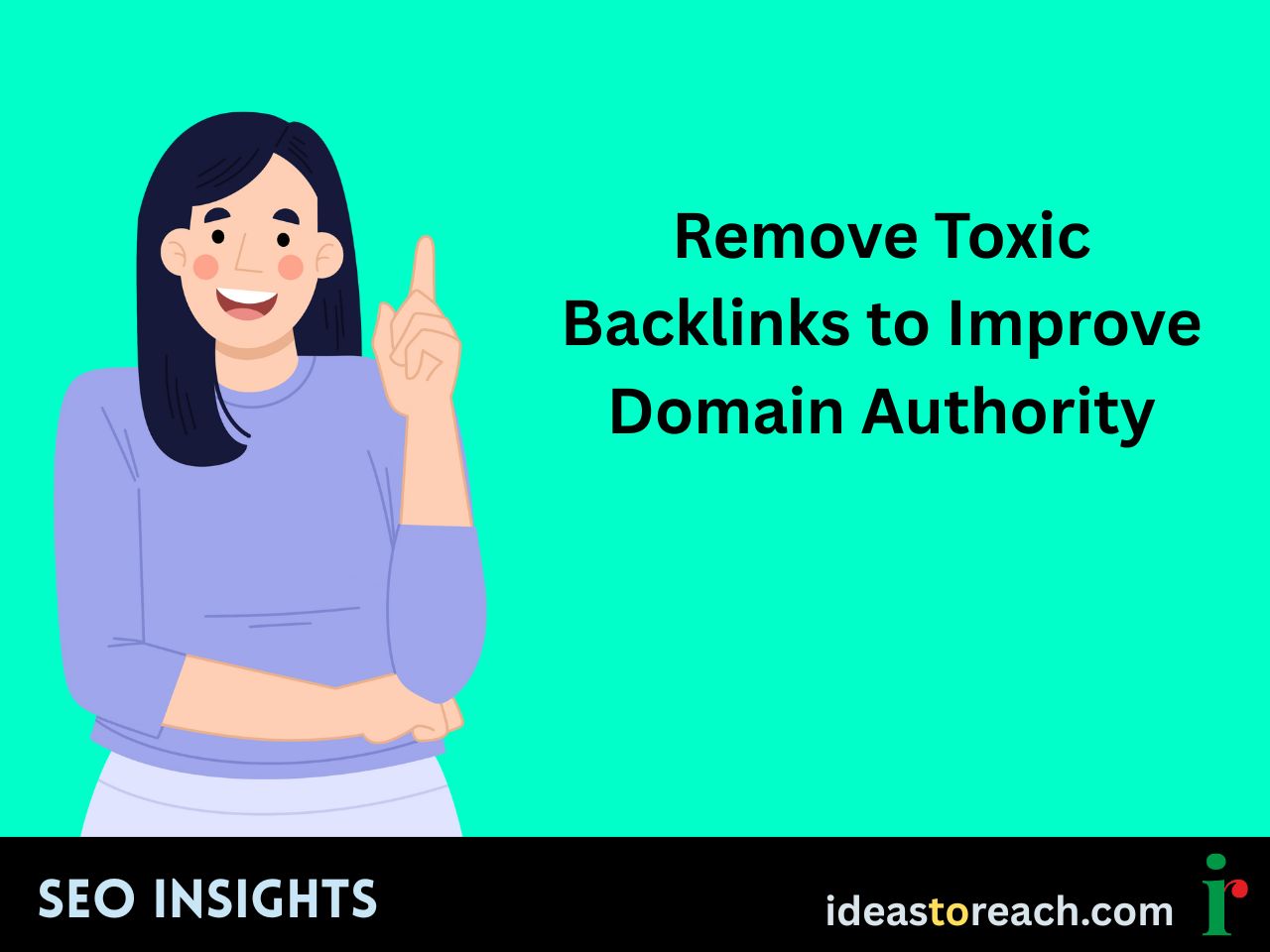
Not all backlinks help your Domain Authority — some can actually hurt it.
Toxic backlinks are links from spammy, irrelevant, or suspicious websites. They can signal to search engines that your site is trying to manipulate rankings. If left unchecked, these links may lower your Domain Authority, affect your keyword performance, and damage your SEO reputation.
In this guide, you’ll learn how to:
Toxic backlinks typically come from:
Google’s algorithms are increasingly smart at detecting unnatural link patterns. If your backlink profile includes many toxic sources, your Domain Authority may stagnate or drop.
To learn how Google’s trust signals matter, explore:
Is E-E-A-T Important for Google Rankings?
DA is not a Google ranking factor, but it closely mirrors factors that Google does use.
When spammy backlinks:
They reduce the overall strength of your link profile. This impacts your:
Use tools like:
Look for:
Here’s a more in-depth resource:
Google’s Disavow Tool: What Every Website Owner Needs to Know in 2025
Start by collecting your complete backlink profile using Moz, Ahrefs, or Ubersuggest.
Manually review each suspicious domain:
Mark anything that feels off — especially if it links to multiple unrelated domains.
This is time-consuming but worthwhile:
Even if only a few are removed this way, it improves your profile.
If removal fails, use Google’s Disavow Tool. Prepare a .txt file listing:
domain: spammywebsite.com
domain:example-spam-links.org
Submit it via Search Console. It tells Google to ignore these links when assessing your site.
Important: Only disavow if you’re sure — incorrect use can remove helpful links too.
For details, refer again to:
Google’s Disavow Tool Explained
Use these tools monthly or quarterly to stay ahead of problems.
Add this to your SEO housekeeping checklist, just like updating content:
How Often Should You Update Your Website
Here’s what to expect:
Removing toxic links helps your good links shine.
DA growth is not only about adding — it’s also about subtracting the harmful.
Need help choosing where to build safe, smart links? Read:
Blue Ocean Strategy in SEO
Domain Authority is not just about collecting links — it’s about collecting the right ones.
Cleaning up your backlink profile is one of the quickest ways to protect your SEO investments and strengthen your reputation in the eyes of both Moz and Google.
Stay vigilant, be selective, and let quality control be your ongoing link strategy.
Previous page: How to Create Linkable Content That Boosts Domain Authority